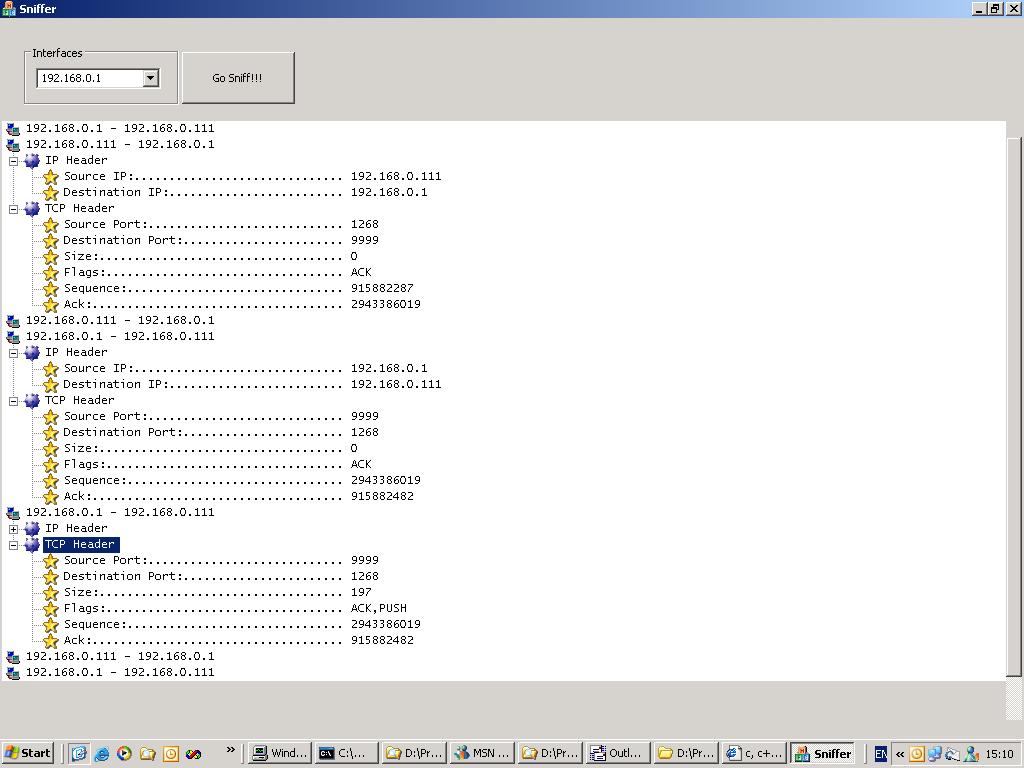


Currently, WiFi networks use only two bandwidths – 2.4 GHz and 5 GHz.

A Sniffer only listens for WiFi network packets of a specific bandwidth within their range of listening capacity. In this article, we will examine precisely what a WiFi Sniffer is? Why is it required in a wireless network? How is WiFi sniffing used in embedded applications? How can WiFi sniffing be implemented in MicroPython ports?Ī WiFi Sniffer is a passive listening device that captures WiFi network frames of a particular WiFi channel in the air. One such functionality is the identification of available WiFi networks and the ability to connect with an available WiFi channel. However, some functionalities of a WiFi Sniffer are often needed to be built within IoT devices. In embedded applications, a dedicated WiFi Sniffer is rarely required to monitor a WiFi network. In network engineering, a WiFi Sniffer is a network analyzer designed to capture packet data on the wireless network. WiFi-based IoT applications need to accomplish one thing, whether they require a large bandwidth or not: WiFi Sniffing. WiFi, despite having a limited range, offers incredible bandwidth such that even applications like live streaming can be easily hosted over a WiFi network. It is highly critical for controllers in IoT devices to identify and connect with available WiFi networks and effectively communicate data packets over a secure channel. WiFi/WLAN is one of the most commonly utilized wireless solutions in home automation, smart farming, office automation, and Industrial IoT. MAC layer protocols like WiFi/WLAN, Zigbee, Bluetooth, and Ethernet are of prime importance in IoT applications.


 0 kommentar(er)
0 kommentar(er)
